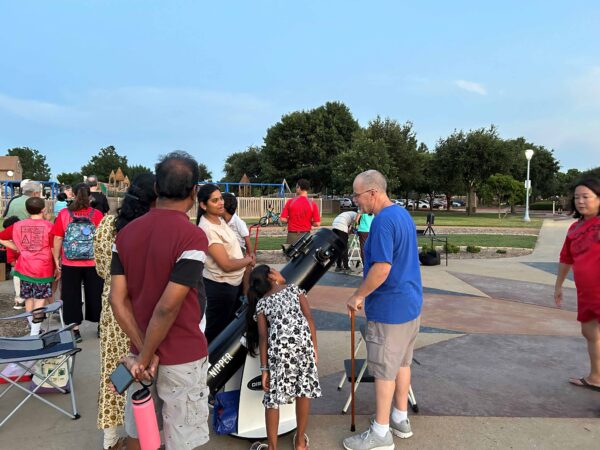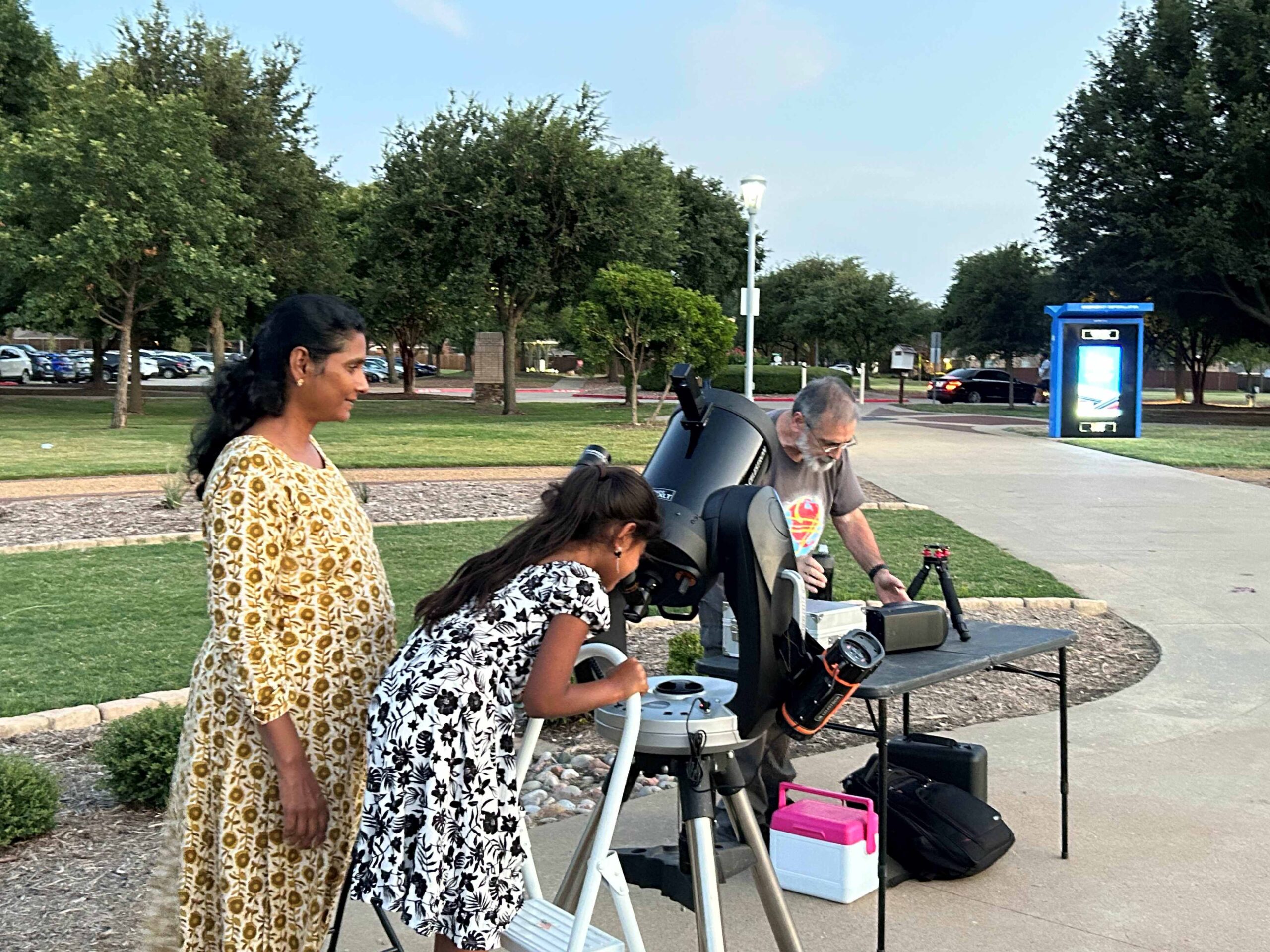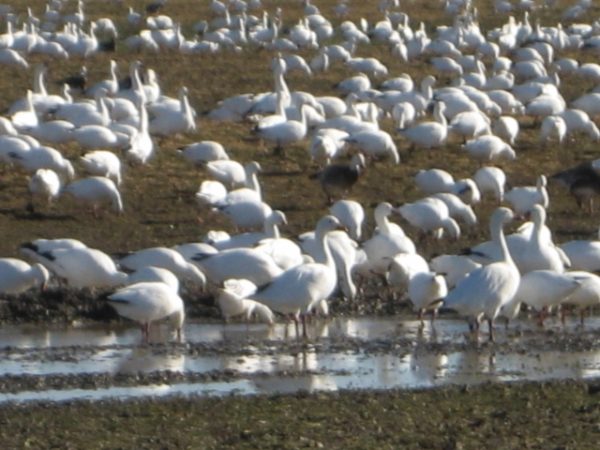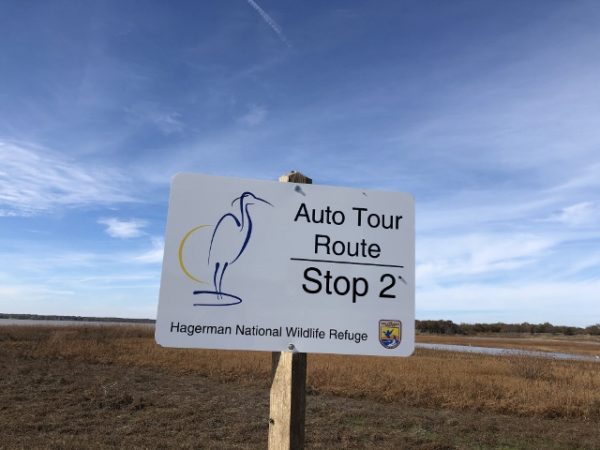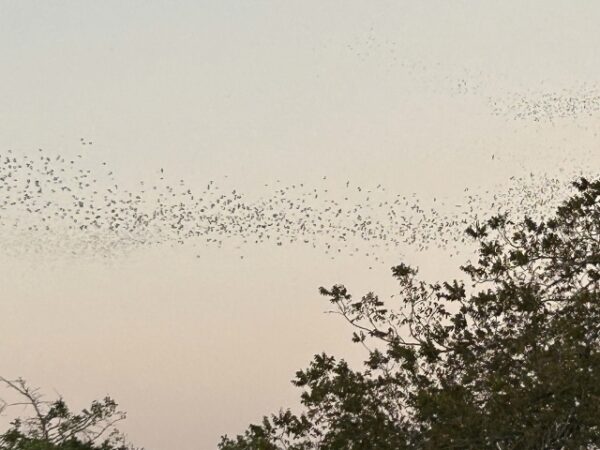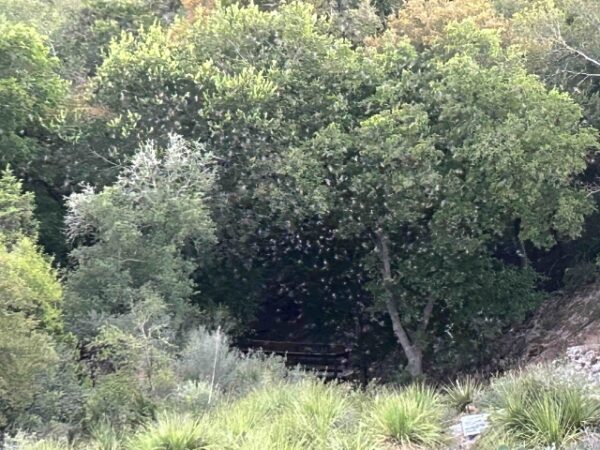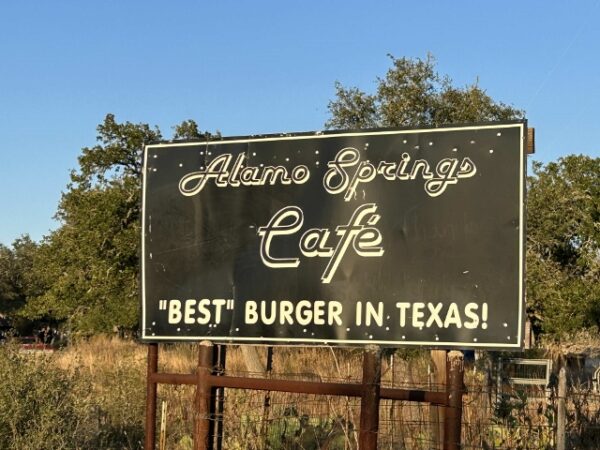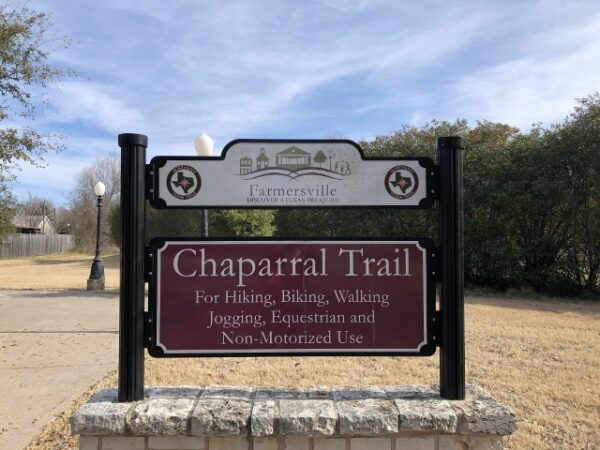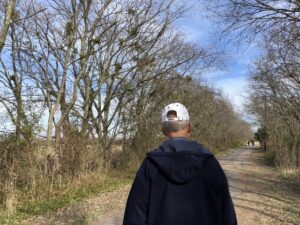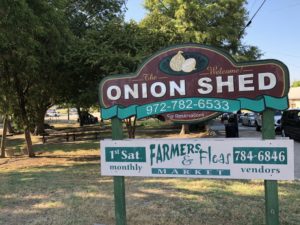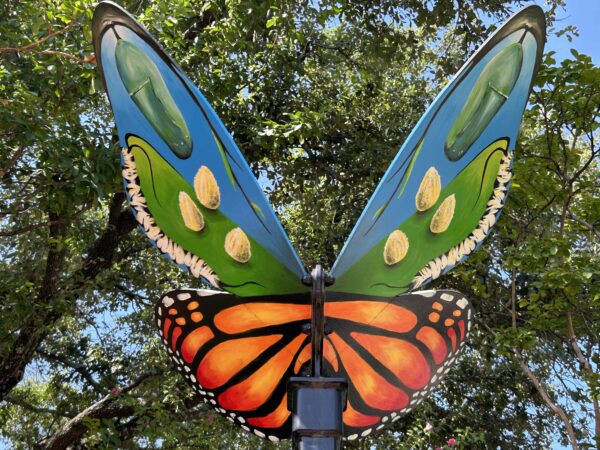
The City of McKinney adopted the slogan “Unique by Nature” in 2005. The slogan can be interpreted different ways, and the city encourages that ambiguity with a nod to the unique character of the community as well as its natural assets. These two forces, community and nature, combine in Monarchs of McKinney, a public art program.
Monarchs of McKinney
Posted eight-foot high, the butterflies have a wingspan of four feet and can be found throughout the historic downtown district. Though structurally the same, each butterfly is unique. Tapping into its strong arts community, the city commissioned eight McKinney artists to paint the steel structures as part of its McKinney Monarch Initiative. The result is a public art display that educates as well as entertains.

Artist Lynne Hubner painted her sculpture (Chestnut Square) in butterfly-friendly native plants, and Annie Royer’s butterfly (The Cove) depicts the North American migratory route of monarch butterflies. Monarch butterfly life cycle is portrayed by artist Stuti Mehta on the sculpture at Old Settler’s Recreation Center. Other sculptures are painted to represent native species. And there is even a sculpture painted in mandalas by a group of artists.
Why Monarchs
McKinney is on the migratory flyway of Monarch butterflies. As the human population has grown in North Texas, habitat and native plants have declined. The McKinney Monarch Initiative hopes to educate the public and encourage use of native plants to help butterflies and other critical pollinators.
Monarch Migration
Beginning in August, you’ll likely notice butterflies along North Texas roadways. This is the annual Fall migration of North American Monarch butterflies on their way to warmer climes in the Oyamel fir trees in central Mexico. Unlike migrating birds, the Monarchs are not returning to a wintering ground. They are making the journey for the first and only time.
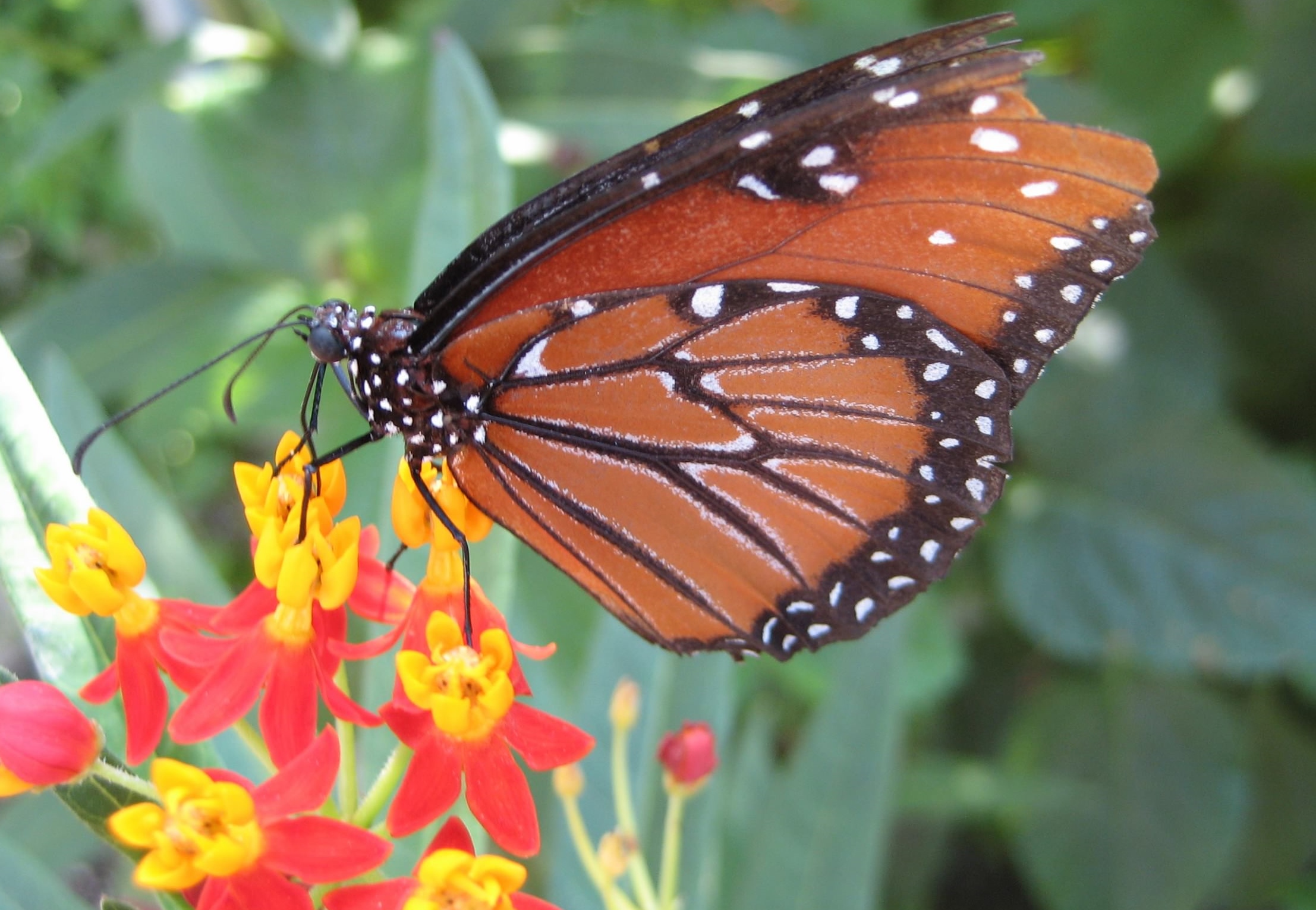
Monarchs born in late summer have a life span of seven to nine months. That’s long enough to journey south, winter over, and then begin the journey back north. In early spring, this generation of Monarchs will make it as far as south Texas to lay eggs in milkweed. The Monarchs born in spring continue their northward journey to Minnesota and other northern states. But unlike their parents and grandparents, the summer Monarchs live only two to eight weeks. That means the Monarchs you see next Fall will be the great-great grandchildren of the ones you see today!
Monarch Watch is chocked full of information on Monarch butterflies and how you can help in their conservation.
When You Go
Want to see all eight Monarchs of McKinney sculptures? Here are the McKinney butterfly locations:
Roy and Helen Hall Library (101 E Hunt Street)
Chestnut Square (315 S Chestnut Street)
McKinney Performing Arts Center (111 N Tennessee Street)
Central Park (105 W Hunt Street)
Heard-Craig Center for the Arts (205 W Hunt Street)
Chestnut Parking Garage (202 W Chestnut Street)
The Cove (402 N Tennessee Street)
Old Settler’s Recreation Center (1201 E Louisiana Street)

